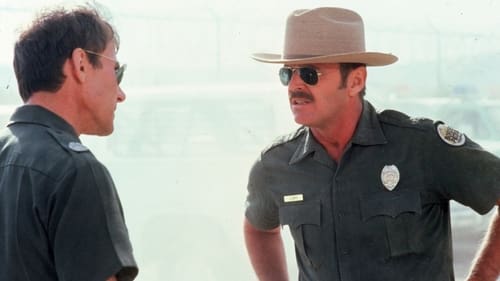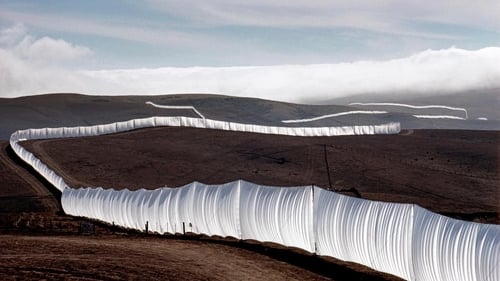Jim Dickinson
Рождение : 1941-11-15, Little Rock, Arkansas, U.S.
Смерть : 2009-08-15
История
James Luther Dickinson was an American record producer, pianist, and singer based in Memphis, Tennessee. He released several solo albums, but his greatest talent lay in helping other artists realize their potential, among them Aretha Franklin, the Rolling Stones, Ry Cooder and Bob Dylan. He produced recordings for performers as diverse as Willy DeVille, Green on Red, Mojo Nixon, the Replacements, Tav Falco's Panther Burns, Toots and the Maytals and Screamin' Jay Hawkins. As a session musician, he played piano with the Rolling Stones for their recording of "Wild Horses" at Muscle Shoals Sound Studio in December 1969; contributed to the Flamin' Groovies' album Teenage Head in 1971; worked with Ry Cooder on nearly a dozen records beginning in 1972; recorded a one-off single "Red Headed Woman" with the Cramps in 1984; and played electric piano and pump organ on Bob Dylan's 1997 album Time Out of Mind.


